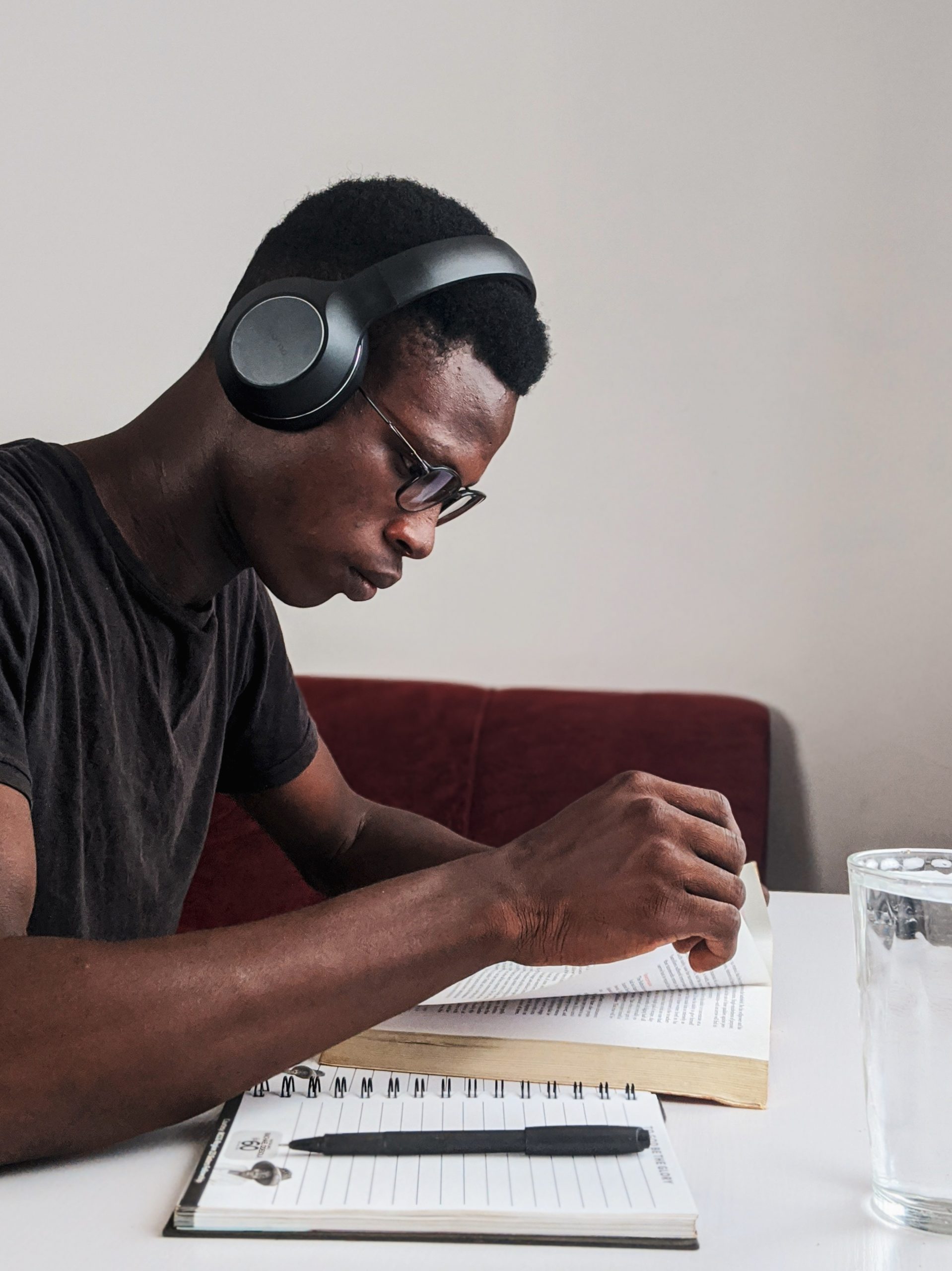@rzzpriscilla
Profile
Registered: 1 year, 3 months ago
Understanding Proportions in Manga Drawing
Manga, a distinctive style of Japanese comic book art, captivates audiences worldwide with its expressive characters and dynamic storytelling. Central to the allure of manga is its distinctive approach to proportions, which performs an important function in defining character design and visual narrative. Whether or not you're a newbie looking to understand the fundamentals or a seasoned artist aiming to refine your skills, a deeper understanding of manga proportions is essential.
The Fundamentals of Manga Proportions
Manga proportions are characterised by their stylized and sometimes exaggerated options, which contribute to the medium's emotive and energetic appeal. Unlike realistic drawing, the place proportions adhere carefully to human anatomy, manga proportions enable for a larger degree of artistic license. Key elements embrace:
Head-to-Body Ratio: One of many defining options of manga characters is their disproportionately massive heads compared to their bodies. Typically, a manga character's head can be about one-quarter to at least one-third the height of their entire body. This exaggeration helps convey emotions more successfully and makes characters immediately recognizable.
Limbs and Joints: Manga often simplifies limbs into straight or gently curved lines, with joints depicted subtly or not at all. This streamlined approach permits for smoother motion and easier animation in sequential art, contributing to manga's fluid storytelling.
Eyes and Facial Options: Eyes in manga are typically giant and expressive, emphasizing emotions and intentions. Facial features, resembling noses and mouths, are often minimized or stylized, focusing attention on the eyes because the primary conveyors of emotion.
Body Proportions by Gender and Age: Manga artists adjust proportions based on gender and age to distinguish characters. As an illustration, feminine characters might have more delicate features and softer curves, while male characters might be more angular or muscular.
Strategies for Achieving Proportional Concord
Achieving balanced proportions is essential in manga to create visually appealing characters and scenes. A number of strategies aid in maintaining proportional concord:
Storyboarding: Earlier than finalizing character designs, manga artists often create storyboards to sketch out scenes and guarantee characters interact seamlessly within the narrative context. This process helps in refining proportions and sustaining consistency all through the story.
Dynamic Poses: Manga is known for its dynamic poses that convey action and emotion. Artists use exaggerated proportions strategically to enhance the impact of these poses, making characters appear more dynamic and engaging.
Reference and Study: Studying human anatomy and observing real-life proportions provide a powerful foundation for creating believable manga characters. Regardless that manga stylizes proportions, understanding anatomy allows artists to bend and adapt these rules effectively.
Consistency: Consistency in proportions is crucial for creating believable characters and maintaining reader have interactionment. Keeping reference sheets and revisiting character designs ensures that proportions remain consistent throughout different panels and chapters.
Evolving Trends and Styles in Manga Proportions
Manga proportions have advanced over time, influenced by artistic trends and style preferences. Modern manga could feature more realistic proportions in certain genres like seinen (focused at adult men) or josei (targeted at adult women), while shonen manga (targeted at younger boys) usually retains exaggerated proportions to emphasize motion and intensity.
Influence of Technology: Digital tools have revolutionized manga creation, allowing artists to experiment with proportions and styles more freely. Methods reminiscent of digital skand so onhing and 3D modeling enable precise control over proportions and perspective, enhancing visual storytelling.
Cross-Cultural Affect: Manga's global popularity has led to cross-cultural influences in art styles and proportions. Western comic book aesthetics, for instance, typically mix with traditional manga proportions to create unique hybrid styles.
Conclusion
Understanding proportions in manga drawing is not just about adhering to anatomical guidelines but in addition about embracing artistic expression and storytelling. The stylized proportions of manga characters play a vital position in conveying emotions, actions, and narrative dynamics. Whether you're exploring manga as a pastime or aspiring to develop into a professional artist, mastering manga proportions opens up a world of creative possibilities. By studying the fundamentals, experimenting with different styles, and staying attuned to evolving trends, artists can develop their distinctive voice and contribute to the rich tapestry of manga artistry.
If you loved this short article and you would like to obtain a lot more information concerning you can try to draw anime art as well here! kindly check out our webpage.
Forums
Topics Started: 0
Replies Created: 0
Forum Role: Participant






